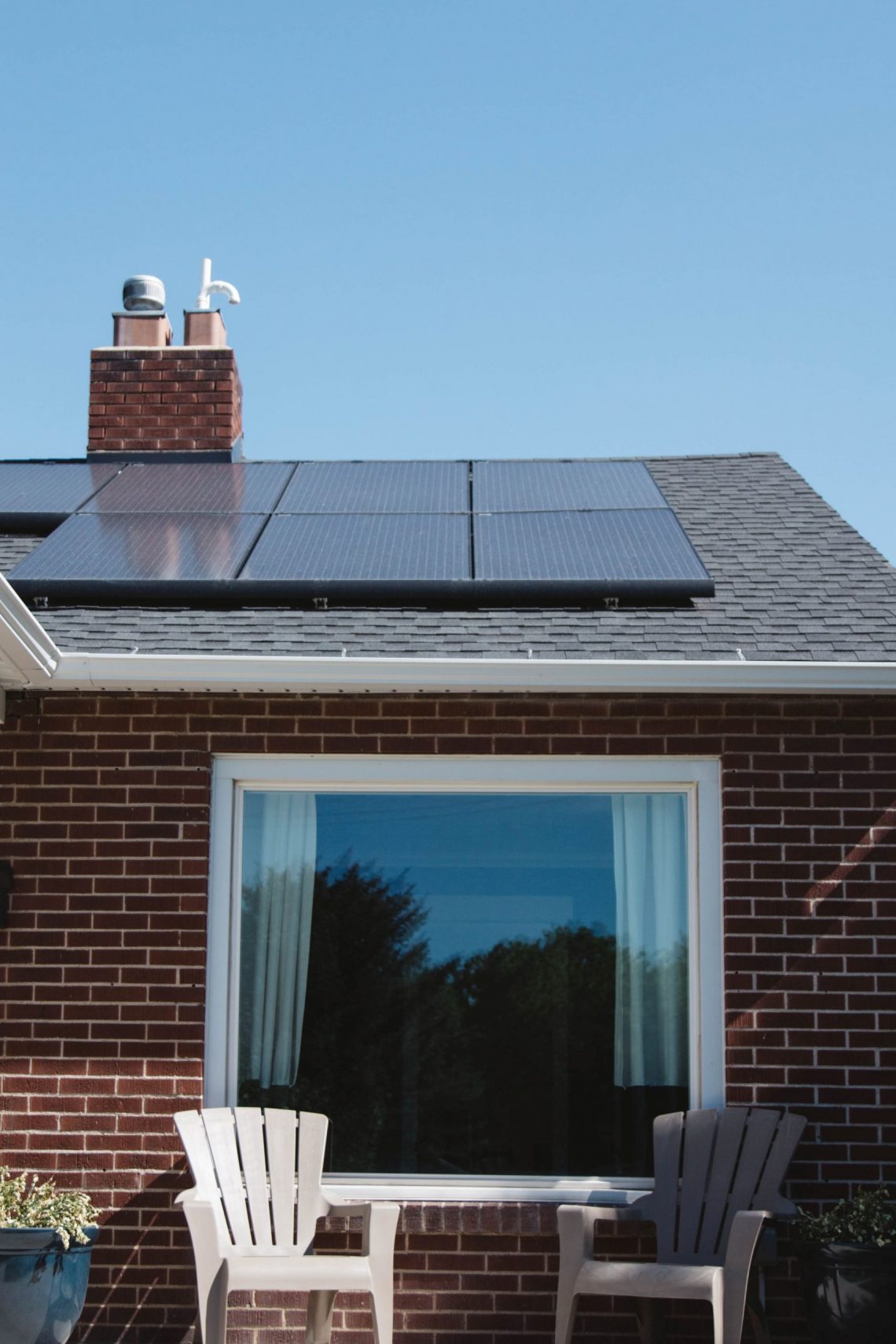In 2015 the United Nations announced its 2030 Agenda for Sustainable Development within which 17 Sustainable Development Goals (SGDs) are identified. This agenda, agreed by all member states, reflects an overarching ambition for “peace and prosperity for people and the planet, now and into the future”. The agenda highlights that across the globe, while our specific contexts may differ, we all share the same foundational needs and that we are interconnected in multiple ways.
In our whitepaper, Active Buildings in a Changing Policy Landscape we have previously highlighted that our research links to several SDGs:
- SDG 7 Affordable and Clean Energy
- SDG 9 Industry, Innovation and Infrastructure
- SDG 11 Sustainable Cities and Communities
- SDG 12 Responsible Consumption and Production
However, within ‘Small Nation Big Ideas: How Welsh Science is contributing to the Sustainable Development Goals’, a report by the Low Carbon Energy and Environment Research Network Wales, the contribution that low carbon homes could make to the SDGs is broadened further. Like our report, it recognises that low carbon homes contribute to SDG 7 and SDG 11 plus two further goals:
- SDG 3 Good Health and Wellbeing
- SDG 13 Climate Action
Indeed, our Living Well in Low Carbon Homes research, within the broader Welsh-Science research context, has contributed to positioning Wales as a “global-leader” in its research contribution towards the SDGs.
Our research is highlighting that the realisation of low carbon homes is diverse, reflective of different interconnected elements, such as their location and developer ambitions. Despite this, they share common unifying characteristics, such as; ambitions to provide healthy homes for occupants to live well within, be low or zero carbon, provide clean and low-cost energy for occupants, contribute to resilient, safe and sustainable infrastructure, and create built environments that avoid adverse environmental impacts.
Low carbon homes can be developed flexibly, and reflect place-specific contexts and dynamics. They can, for example incorporate locally sourced low carbon materials and employ local tradespeople, as is the case for our Berllan Aur case site. At the same time, they can still achieve their broader ambitions, emitting low to zero CO2 and reducing energy demand. This means that low carbon homes, in alignment with the SDGs, could become places that people all over the world can live healthily and well within, now and into the future.
Dr Kate O’Sullivan is a Research Associate on the Active Building Centre Research Programme exploring variegated experiences of living in Active or Zero Carbon Homes in and through space and time.


